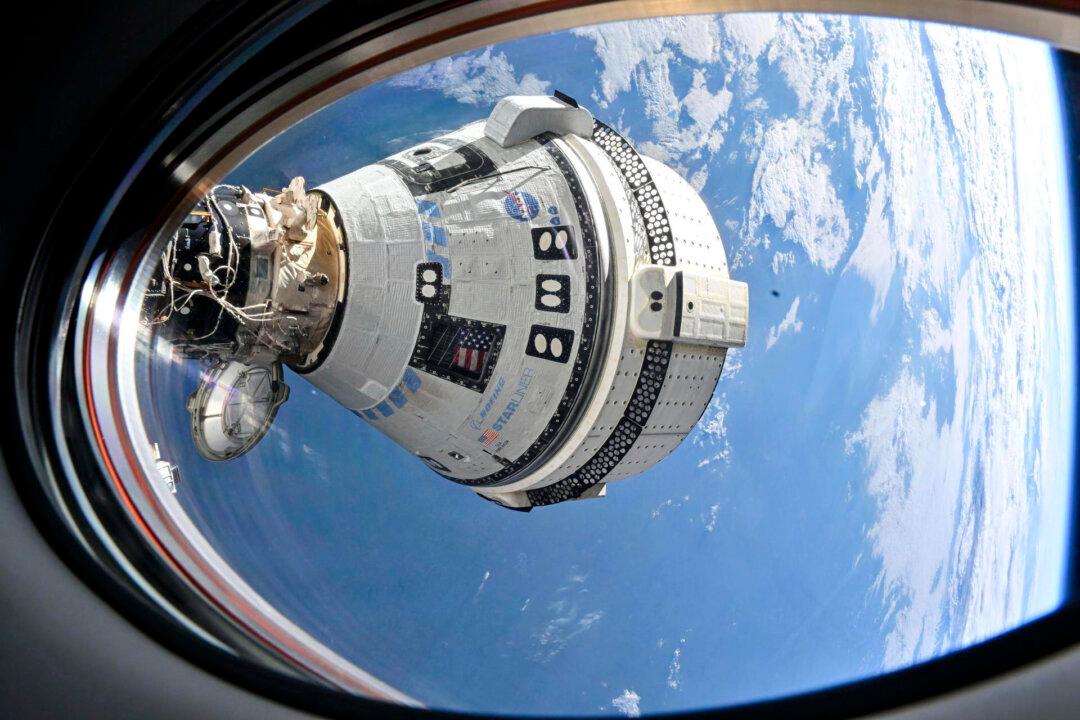NASA’s Office of Inspector General (OIG) has raised concerns over quality control and standards at plane maker Boeing and its efforts to help the space agency return astronauts to the Moon.
A report from NASA’s OIG released on Aug. 8 focuses on the Space Launch System (SLS) version 1B—the powerful heavy-lift rocket system that NASA plans to use to send the crewed Orion spacecraft and large cargo to the Moon in 2028 as part of the Artemis IV mission.





